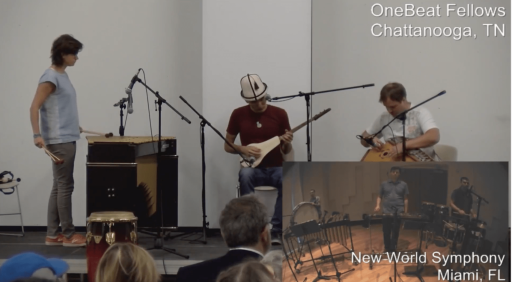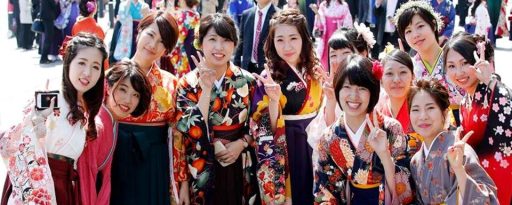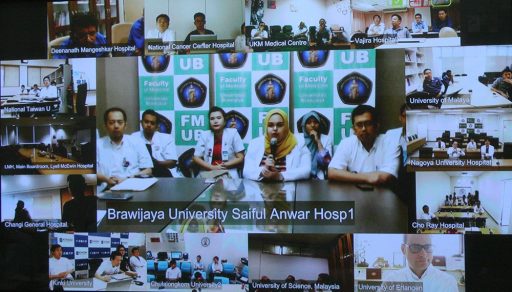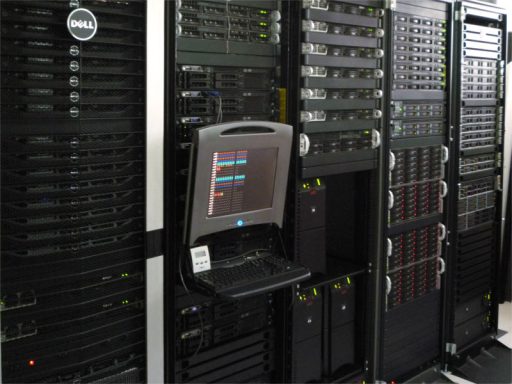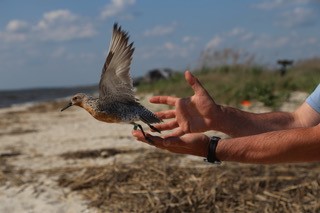The President of the United States of America is said to be the most powerful person in the world. To understand past presidencies, you want to get as close as possible to key presidential decisions. You need access to primary sources, and that is exactly what The Presidential Primary Sources Project is doing.
LOLA is an open source, low latency audio and video conferencing technology that enables real-time, simultaneous, live musical performances across long distances. LOLA is emerging as an opportunity for schools and libraries to leverage their advanced high speed connectivity to allow students to greatly expand their musical horizons.
The sooner a person suffering a stroke receives medical attention, the better the outcome is likely to be. Scenario training using simulation technology is helping hospital staff respond to these types of emergencies more efficiently.
The Telemedicine University Network Rute in Brazil is considered the biggest initiative in telemedicine and telehealth in the world. Watch the interview with Rute’s coordinator, Luiz Ary Messina, and learn more about the reach and roadmap for this world-changing initiative.
The Engineering Department of the Kyushu Sangyo University in Japan has designed a dedicated e-portfolio as an educational tool to make students aware of their strengths and weaknesses, helping them achieve their goals in a structured fashion.
Gastric cancer is the deadliest form of cancer in Asia. It accounts for the deaths of some 28 men and 13 women per 100,000. The Telemedicine Development Center of Asia has been building capacity to deliver valuable technical training for cancer specialists right across the region.
Even if you are a researcher living in the most southern country in the world, you can still participate in groundbreaking global research. For example, the Science and Technology Center of Valparaíso in Chile plays a role in the ATLAS experiment at CERN in Switzerland.
To encourage national and international collaboration, the Motus web portal will make data summaries and visualizations of bird migration tracking data, captured by the small Motus radio transmitters affixed to individual birds, publicly available for education and citizen science purposes.
A music and dance performance in Copenhagen included live feeds of musicians in London and dancers in Barcelona. Thanks to LOLA technology the synchronised effect was as if they were all physically present on the same stage.
Un grupo de científicos del Centro de Modelamiento Matemático (CMM) de la Universidad de Chile pudo ver en tiempo real la explosión de 61 supernovas, a solo horas de que aparecieran en el espacio. La visualización se realizó desde el Observatorio Iberoamericano Cerro Tololo de AURA, en el norte de Chile, y los datos fueron…
Together with researchers from several universities, Brazil’s research and education network RNP, has designed an early warning system that monitors a range of social media channels to spot imminent attacks and to launch preventive measures and counterattacks.
Leigh Orf from the University of Wisconsin-Madison leads a group of researchers specialised in re-creating meteorological events leading up to the forming of tornadoes. Built on real-world observational data, the computer simulations unveil the inner workings of these monstrous events in unprecedented detail.



